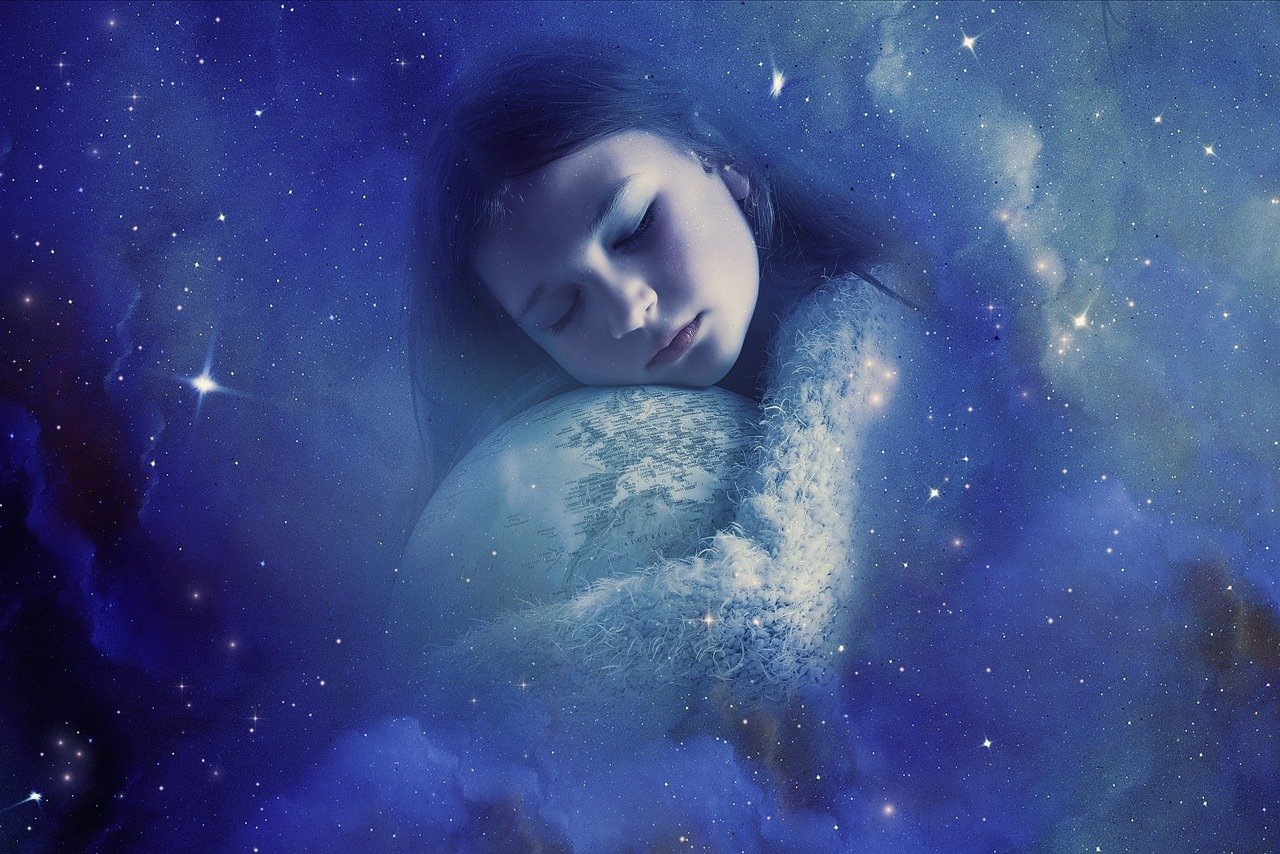Dreams are such a mysterious thing. You could have the most terrifying nightmare and wake up in the middle of the night with a cold sweat, or you could have a lighthearted dream about swimming in jello. Regardless of the content of the dream itself, something is clearly happening in your brain that’s causing these realistic visions. But what is actually going on?
Often, the most vivid dreams occur during rapid eye movement (REM) sleep, although dreams can happen during other sleep stages. Sleep is divided into REM stages and non-REM stages. REM sleep is named due to the movement of your eyes while you are asleep, but this movement doesn’t send any information to your brain. Non-REM sleep is further divided into light sleep and deep sleep. During light sleep, it is easy for you to wake up. If you are asleep for long enough, light sleep will progress into deep sleep, during which it is often very difficult for you to wake up. If you do wake up during deep sleep, it is often followed by a period of grogginess.
So what’s happening during the REM stage of our sleep? Scientists have found that REM sleep is very unique compared to other sleep stages in that during this stage, our brain is very active and its activity is similar to that of when we’re awake. However, the true purposes of REM sleep have been debated throughout history. In the early 1970s, psychiatrists J. Allan Hobson and Robert McCarley proposed a theory that dreams are a result of random brain activity. In this theory, the cerebral cortex receives signals from the brainstem and attempts to make a story out of the random signals. Then, later in the 1970s, neuroscientist Rosalind Cartwright proposed the cognitive theory of dreaming. She theorized that dreams allow us to process our emotions and experiences from our day and suggested that dreaming and REM sleep play major roles in consolidating emotional memories, because her research showed that a decrease in REM sleep would cause difficulty remembering emotional events.
The next major theory in dream development happened during the 1990s, when evolutionary psychologists Antti Revonsuo and Katja Valli proposed that dreams simulate potential danger in our lives, allowing us to prepare for real-life dangerous events. In the late 1990s, Mark Solms proposed another theory of dreaming, combining the work of Hobson and McCarley with that of Cartwright to suggest that dreams are random signals from the brainstem, and dreams’ stories which are put together in the cerebral cortex of the brain are influenced by personal experiences.
In more recent research conducted by monitoring brain activities using an electroencephalogram (EEG), scientists proposed that REM sleep helps with memory consolidation, emotional development, and facilitates learning by making connections. This is highly plausible as REM sleep is 50 percent of all sleep in babies and young children who are beginning to make new connections throughout their day. As a person ages, the amount of REM sleep gradually decreases, and by the time they reach adulthood, REM sleep is only 20 percent of all sleep time. This is likely why adults have more trouble remembering dreams than their younger counterparts. Another theory is that REM sleep and dreams are short phases of increased brain activity to prevent our brain from getting too cold. It has been found that during the REM sleep stage, our core body temperature is typically higher.
There are still a lot of gaps in our understanding of the relationship between REM sleep and dreams, the significance of dreams, and why dreams exist. But technology advances to better map the human brain and monitor brain activities are bound to open new doors to the world within our minds, even when we are asleep.

